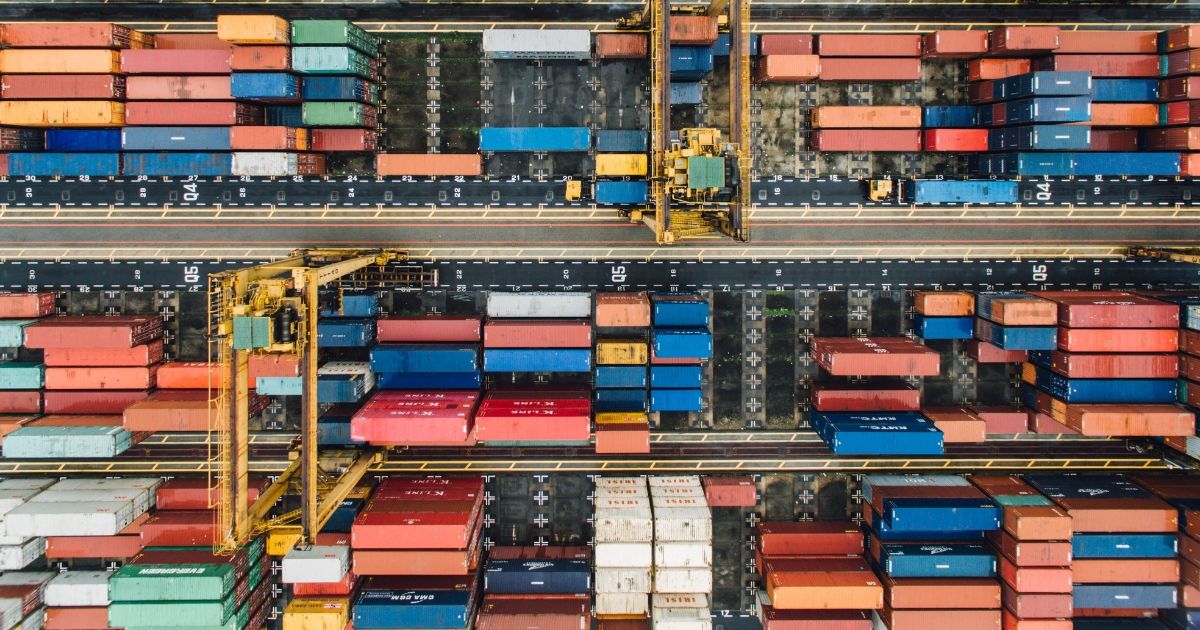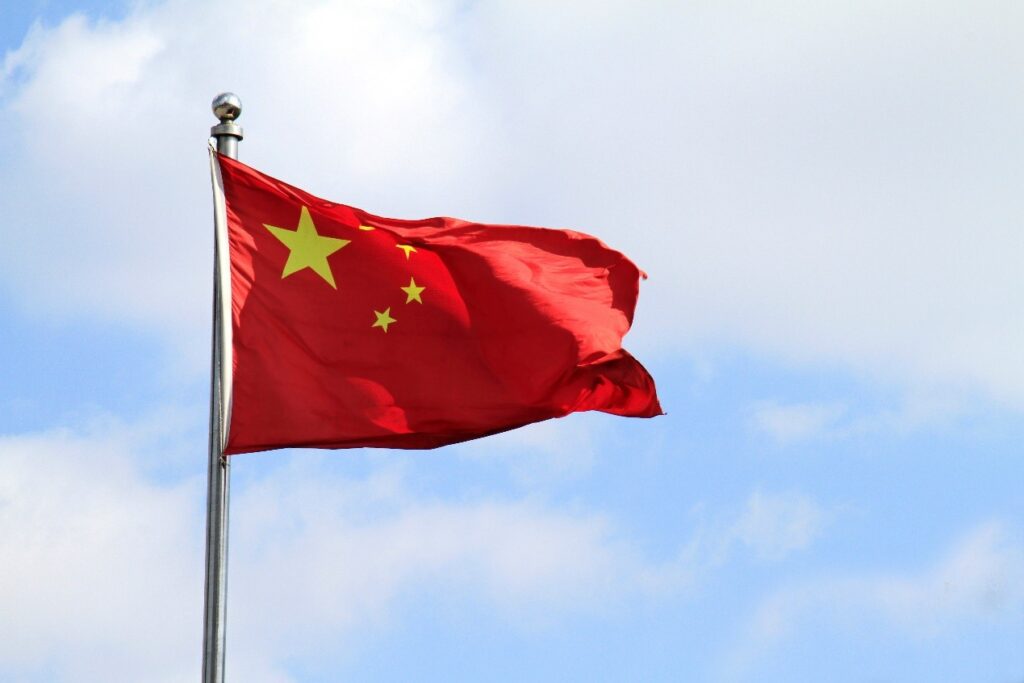Chinese President Xi Jinping announced a series of new economic opening-up initiatives in a keynote speech delivered at the G20 Summit on June 28.
As trade war with the US goes unabated, China vowed to further open its market and step up its efforts to attract more foreign investment. Specifically, President Xi highlighted 3 key objectives:
- Launching 6 new pilot Free Trade Zones (FTZ)
- Expanding the Shanghai FTZ
- Accelerating the launch of China’s first free-trade port in Hainan.
Take a look at some of our previous articles: Latest News on the US-China Trade War
Where will the new Free Trade Zones be established? What does the expansion of the Shanghai FTZ mean for businesses? What distinguishes Hainan from other Free-Trade Zones? Keep scrolling down as we answer these questions and more below.
Overview of China’s Free Trade Zones
The first free trade zone was inaugurated with great fanfare in Shanghai in 2013. The FTZ served as a springboard for legal reform and economic liberalization by offering a wide range of preferential tax and trade policies.
Following in the footsteps of Shanghai, Guangdong, Tianjin and Fujian were the next provinces to welcome Free Trade Zones in 2015. Two years later, China’s State Council approved the launch of 7 new pilot FTZs, progressively moving away from coastal cities to focus on inland regions.
Hainan is the latest addition to the FTZ family, as announced by President Xi Jinping in April 2018. It is important to note that while Shanghai pioneered the FTZ concept, every new FTZ launched since has its own characteristics and a distinctive purpose.
Let’s look at some of the key features and objectives of each FTZ:
Shanghai
- Explore innovative economic opening up policies
- Turn Shanghai into an international trade settlement center
- Focus on the financial services, international shipping industries
Guangdong
- Deepen regional cooperation with Hong Kong and Macau
- Major hub for the Maritime Silk Road
- Focus on the financial services and high-tech sectors
Tianjin
- Develop the Jingjinji Metropolitan Region (Beijing-Tianjin-Hebei)
- Focus on shipping and logistics, financial leasing
Fujian
- Deepen cross-strait trade exchanges
- Focus on tourism, education and high-tech industries
- Key role in the Maritime Silk Road
Chongqing
- Key hub for the One Belt One Road and Yangtze River Economic Belt initiatives
- Focus on high-end manufacturing, logistics, medical and smart industries
- Pivot role in implementing China’s western development strategy
Henan
- Comprehensive transportation hub for the One Belt One Road initiative
- Focus on financial services, high-end manufacturing
Hubei
- Strategic role in the development of the Yangtze River Economic Belt
- Focus on high-end equipment manufacturing, cloud computing, big data, biomedicine
Liaoning
- Enhance the economic competitiveness of China’s Northeast region
- Major logistics and shipping center to boost trade exchanges in Northeast Asia
- Focus on advanced manufacturing industries such as automobile and aviation equipment, as well as modern services (cross-border e-commerce, finance)
Shanxi
- International transit inland hub for the One Belt One Road initiative
- Focus on modern agriculture, international trade
Sichuan
- Enhance the economic development of China’s Western regions.
- Key role in the Yangtze River Economic Belt initiative and act as a modern, high-end industrial cluster
- Focus on shipping, logistics, education and medical care
Zhejiang
- Maritime gateway for the Eastern China region
- Major logistics and shipping center to boost trade exchanges in Northeast Asia
- Focus on bulk commodity trade, oil and petrochemicals
Hainan
- International tourism and consumption center
- Southern hub for technological and digital innovation
6 New Free Trade Zones – But Where?
As of writing, no official statement has been made regarding the new free-trade zone locations. Last week, Deputy director of the Expert Committee of the China International Trade Association, Li Yong, shared some insights about the selection criteria with the Time Weekly.
In fact, new locations are not picked based on the overall economic ranking of the province. Rather, policymakers take 3 criteria into account:
- Geographical advantage (infrastructure levels, connectivity to other neighboring cities)
- Industrial characteristics (does the city/region have a specific strategic economic/industrial focus?)
- Development orientation (what are some of the city’s or region’s mid-term and long-term economic development goals?)
Since Beijing announced its 5th Free-Trade Zone expansion phase, market observers and scholars have started to take a guess at which cities will host the new pilot FTZs.
Sun Yuanxin, a professor at the Institute of Free Trade Zone of Shanghai University of Finance and Economics, believes that Shandong and Jiangsu are two of the strongest contenders. Specifically, Shandong would play a key role in strengthening trade with Japan and South Korea, while Yunnan’s proximity to Vietnam, Myanmar and Laos make it an attractive choice to set up a new FTZ.
In addition to these two regions, Sun also sees Heilongjiang as a solid candidate. Implementing a Free-Trade Zone in the most northeastern part of the country would not only rekindle regional economic vitality but also strengthen trade with Russia.
Expansion of the Shanghai FTZ
While in Osaka for the G20, President Xi Jinping also encouraged the expansion of the Shanghai Free-Trade Zone. This echoes announcements made at the inaugural CIIE (China International Import Expo) back in November 2018, where Beijing unveiled a fifth-fold extension plan for the Shanghai FTZ.
Originally covering a surface area of almost 30 square kilometers, the zone quadrupled in size in 2015 to 120 sq. kilometers. A fifth-fold extension of the current FTZ would turn it into a whopping 600 sq. kilometer territory. For comparison matters, Singapore’s land area stands at 721.5 square kilometers.
More than a pure territorial expansion, the extension is mostly meant to usher a new era of opening-up and liberalization.
“We are to try on different pilots and carry out greater risk assessments, to build a special economic function zone with stronger international influence and competitiveness.” Shanghai Mayor Ying Yong said at a media conference in Beijing.
Shanghai attracted USD 17.3 billion in foreign investment in 2018, a 1.7% year-on-year increase. Local authorities are hoping to see this number grow at an even greater pace by easing foreign investment restrictions and capital flows. In addition, Shanghai Mayor touted plans to facilitate free entry and exit of goods, ease employment procedures and optimize tax policies within the FTZ.
Hainan: China’s First Free-Trade Port
Designated as China’s 12th Free-Trade Zone by President Xi Jinping in April 2018, Hainan is set to be the largest FTZ in the country, spanning over 35,400 sq. kilometres. Also known as the Chinese Hawaii, Hainan island ambitions to become a key domestic hub for high-end medical services and a must-go tourist destination in Southeast Asia.
It will also allow sports lottery games as well as horse-racing as part of plans to promote the development of the province’s tourism industry. As a result, local authorities have implemented a number of measures that support these goals. A few of them include:
- Raising the annual duty-free spending limit to 30,000 yuan ($4,315) per person. That is almost double the usual limit in other Chinese cities
- Give preferential access to medical providers, including the permission to import medical technology, equipment and medicine
China’s Ministry of Public Security (MPS) also announced earlier this month a slew of preferential policies to attract foreign talent on the island. These include:
- Implementing a 15-day visa-free stay for those travelling on a cruise
- Extending the current visa-free policy to a wider range of purposes including business, visit, visiting relatives, medical treatment, exhibition and sports
- Extending the validity of residence permits to the duration of expats’ work contract
- Allowing International students with a Master’s degree to apply for a two-year residence permit if they start a business in the province
In a Nutshell
In just over 5 years, China’s Free Trade Zones have attracted close to 40,000 foreign enterprises. Faster company setup procedures, preferential tax policies and access to otherwise restricted industry sectors are some of the many benefits that keep attracting overseas companies to use FTZs as a launching pad for their China investment strategy.
Make sure to follow us on social media for the latest updates regarding the new Free Trade Zones and how you can best leverage them to succeed on the Chinese market.Interested in other business opportunities or want learning more about operating a business in China? Get in touch with our team for a consultation and follow us on social media to receive the latest news.
Our experienced team has the necessary expertise and the know-how to support you with your business – have a look at the services we offer.
Also, don’t forget to follow us on social media to receive all the latest updates!
See how much salary you receive after tax and check your company value without leaving WeChat!
Also, our Mini Program can estimate the salary in your industry, for your experience level and position. A huge help for salary negotiations!







